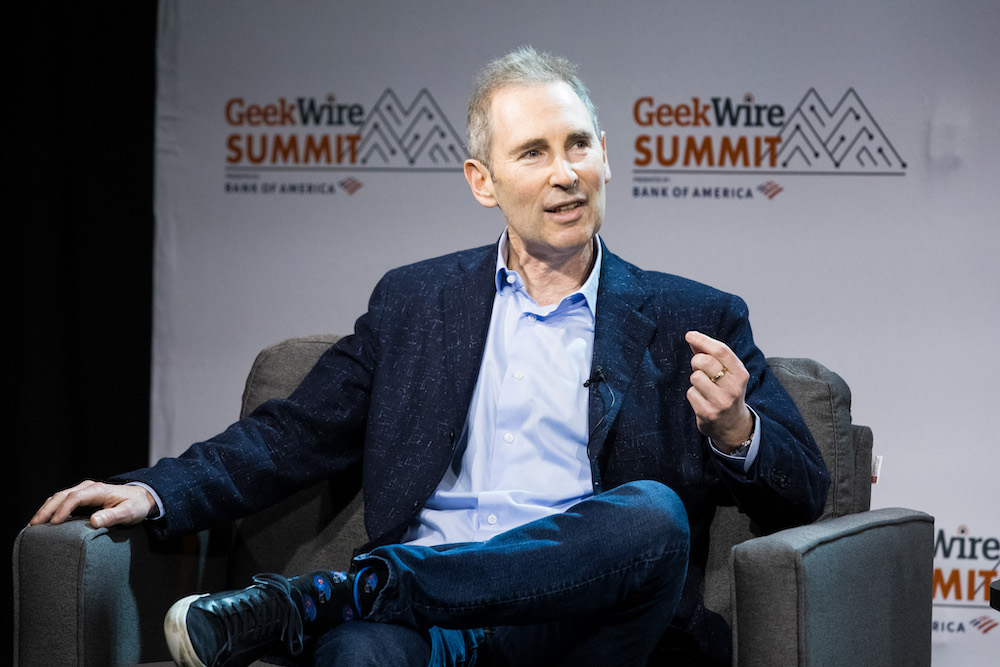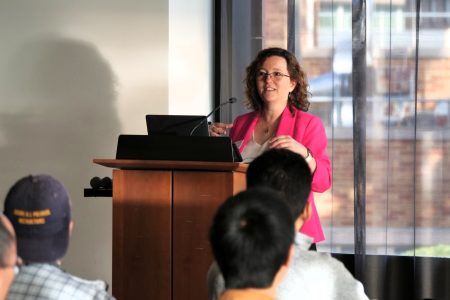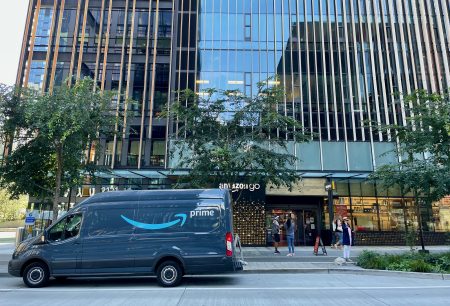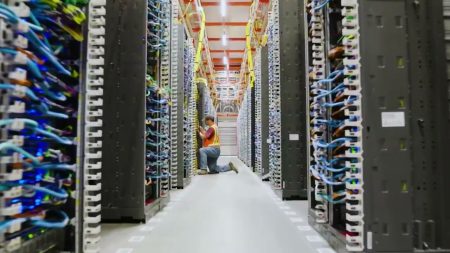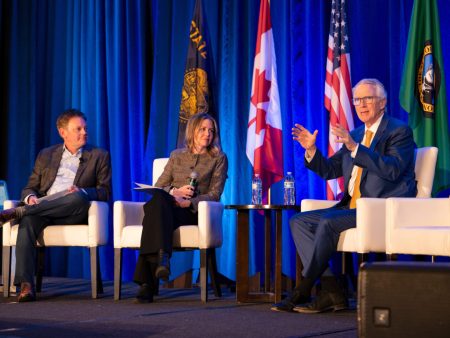Amazon’s Pursuit of Agility: CEO Andy Jassy Explains Latest Layoffs
In a candid explanation during Amazon’s quarterly earnings call, CEO Andy Jassy addressed the company’s recent decision to eliminate approximately 14,000 corporate jobs—potentially rising to 30,000, making it the largest workforce reduction in Amazon’s history. Contrary to widespread speculation, Jassy emphasized that the layoffs were driven neither by financial pressures nor by artificial intelligence replacing workers. Instead, he framed the decision as a deliberate cultural reset aimed at preventing the tech giant from becoming too bureaucratic and slow-moving. “The announcement that we made a few days ago was not really financially driven, and it’s not even really AI-driven—not right now, at least,” Jassy explained. “Really, it’s culture.” This statement marked his first public explanation of the controversial cuts that have sent ripples throughout the tech industry and raised questions about Amazon’s strategic direction.
The layoffs come at a time when Amazon appears to be financially thriving. The company reported quarterly revenue of $180.2 billion, representing a robust 13% year-over-year increase, with AWS (Amazon Web Services) growth accelerating to 20%—its fastest pace since 2022. Despite this strong performance, Jassy identified a concerning trend that had developed during Amazon’s explosive growth period: the company had become too large and too layered with management, which was hampering its legendary ability to make quick decisions and innovate rapidly. Amazon’s corporate headcount had tripled between 2017 and 2022, according to reports from The Information, creating what Bloomberg described as an “unwieldy” organizational structure that remained problematic despite previous efforts to streamline operations, including the elimination of 27,000 corporate positions in 2023.
Jassy, who took over the CEO position from founder Jeff Bezos in mid-2021, has been vocal about his desire to return Amazon to its nimble roots. “When that happens, sometimes without realizing it, you can weaken the ownership of the people that you have who are doing the actual work and who own most of the two-way door decisions—the ones that should be made quickly and right at the front line,” he explained, referencing Bezos’s famous decision-making framework that distinguishes between consequential, irreversible decisions (one-way doors) and easily reversible ones (two-way doors). The latter, according to Amazon’s philosophy, should be made quickly by empowered front-line employees rather than requiring multiple layers of management approval. This principle has been central to Amazon’s historical ability to innovate rapidly, and Jassy believes the company had drifted away from this founding principle as it grew.
The timing of these layoffs is particularly notable as they come during what Jassy described as a “technology transformation” sweeping across the business world. While he explicitly stated that the current round of cuts wasn’t directly related to AI, Jassy had previously indicated in a memo to employees that he expected Amazon’s corporate workforce to naturally shrink over time due to efficiency gains from artificial intelligence. This apparent contradiction highlights the complex relationship between Amazon’s organizational restructuring and its broader technology strategy. The company is simultaneously reducing headcount while making significant investments in AI infrastructure, following a pattern seen at other tech giants like Microsoft. Amazon reported taking a $1.8 billion severance-related charge in the quarter to account for the layoffs, indicating the substantial scale of this workforce reduction.
Jassy’s vision for Amazon’s future organizational structure appears to draw inspiration from the company’s earlier days when it operated with fewer management layers and maintained the agility of a much smaller company. “We are committed to operating like the world’s largest startup,” Jassy declared during the earnings call, echoing a phrase he’s used recently to describe his management philosophy. This approach emphasizes personal ownership, quick decision-making, and a willingness to experiment and sometimes fail—all characteristics that defined Amazon during its rise to become one of the world’s most valuable companies. The CEO believes that recapturing this entrepreneurial spirit is essential for navigating the rapidly evolving technological landscape and maintaining Amazon’s competitive edge against both established rivals and emerging startups.
The broader implications of Amazon’s workforce reduction extend beyond the company itself, potentially signaling a significant shift in how major technology companies approach organizational structure in an era increasingly defined by artificial intelligence and automation. While Jassy insists the current layoffs aren’t directly driven by AI replacing workers, they nevertheless occur against a backdrop of massive industry investment in AI capabilities that will inevitably transform workforce needs. Amazon joins other tech giants that are simultaneously cutting certain positions while aggressively hiring in AI-focused roles, suggesting a fundamental restructuring of tech employment rather than simple cost-cutting. For the thousands of affected Amazon employees, the layoffs represent a painful disruption regardless of the strategic rationale. As the company moves forward with its vision of becoming “lean, flat, and fast-moving,” the human cost of this transformation remains a significant concern for workers, industry observers, and the communities where Amazon operates.





